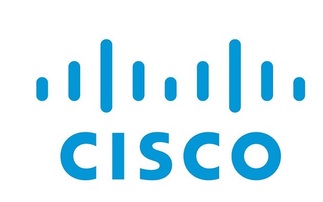Interoperability testing is holding up the availability of 10Gbit/s copper cabling systems
Structured cabling firm Systimax today launched its first shielded cable design in Europe. The Systimax GigaSpeed X10D Foiled Twisted Pair (FTP) supports the IEEE 802.3an 10GBase-T standard and is ...
To continue reading this article...
Join Computing
- Unlimited access to real-time news, analysis and opinion from the technology industry
- Receive important and breaking news in our daily newsletter
- Be the first to hear about our events and awards programmes
- Join live member only interviews with IT leaders at the ‘IT Lounge’; your chance to ask your burning tech questions and have them answered
- Access to the Computing Delta hub providing market intelligence and research
- Receive our members-only newsletter with exclusive opinion pieces from senior IT Leaders


















